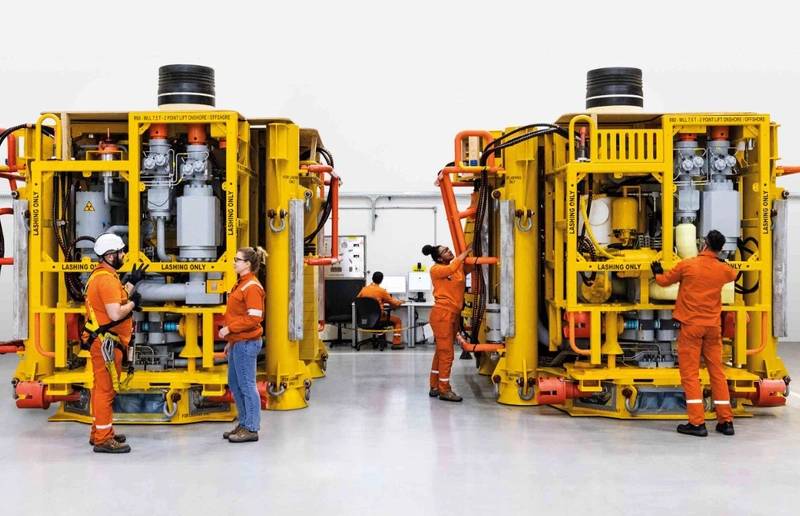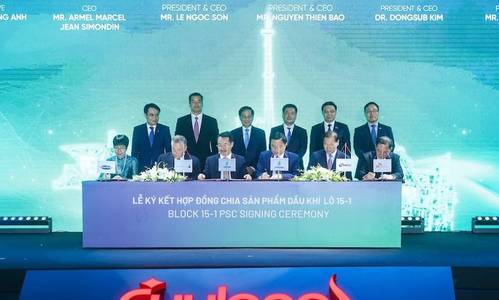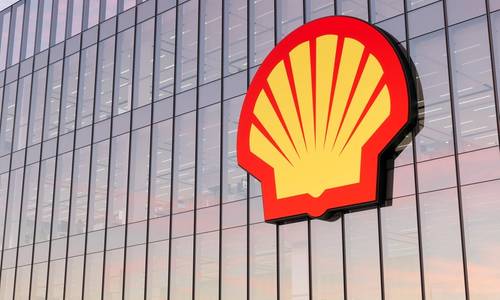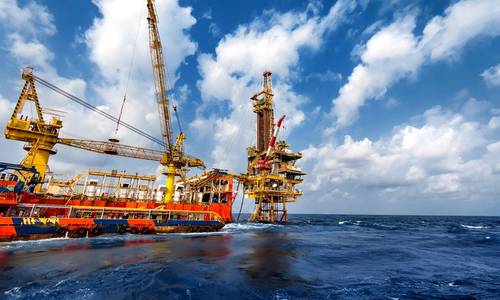SLB OneSubsea Gets Work on Northern Lights CCS Project Expansion
June 25, 2025

SLB has secured an engineering, procurement and construction (EPC) contract by Equinor, acting as Technical Service Provider, to its OneSubsea joint venture for a CO2 subsea injection system for the Northern Lights phase two project offshore Norway.
The final investment decision for phase two was made by the Northern Lights’ owners TotalEnergies, Shell and Equinor following a commercial agreement with an end-use customer, marking a decisive milestone for the adoption of carbon capture and storage (CCS) at scale.
The SLB OneSubsea scope includes two new satellite subsea CO2 injection systems with associated tie-in equipment. Work has already started, with first deliveries expected in 2026.
The award follows the successful delivery of two subsea injection systems for the first phase of the project in 2023. Northern Lights is part of the world’s first open-source, full-scale value chain for CO2 capture, transport, and storage services.
Phase two will increase the current capacity from 1.5 million to a minimum of 5 million tonnes of CO2 per year. Northern Lights phase two is also enabled by a grant from the Connecting Europe Facility for Energy (CEF Energy) funding scheme.
“Equinor’s enduring commitment to subsea standardization is now yielding substantial benefits across new offshore value chains, including CO2 storage. By utilizing standardized components, we achieve reduced risk and economies of scale, which enhance both traditional and innovative subsea projects.
“The Northern Lights project is pivotal for Europe’s path toward net-zero emissions, and it is well aligned with our own strategy to expand the frontiers of subsea for a sustainable energy future,” said Mads Hjelmeland, CEO of SLB OneSubsea.
In May 2025, Northern Lights received confirmation that all the required permits are in place to start injecting and storing CO2 in the Aurora CCS license in the North Sea.
Phase one development of Northern Lights is completed, fully booked and ready to receive CO2 from industrial customers. Operations are scheduled to begin in the second half of 2025.






